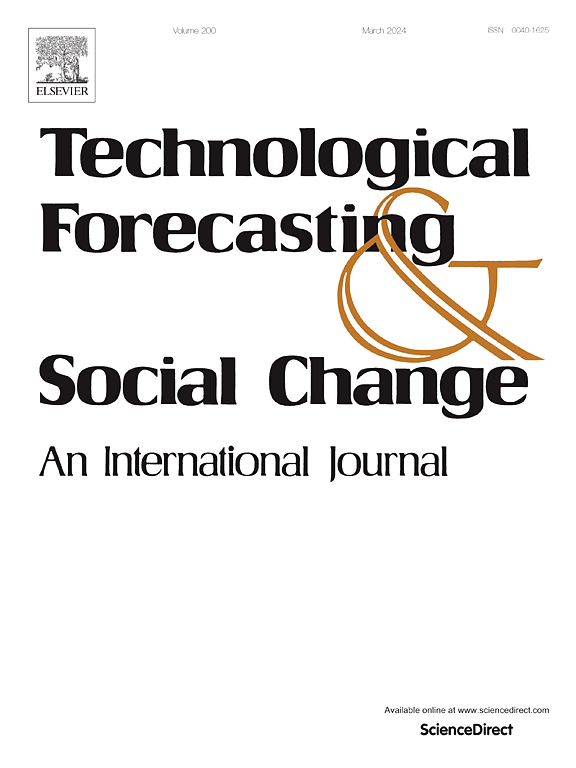预测新技术扩散的聚合模型与微观模型
IF 13.3
1区 管理学
Q1 BUSINESS
Technological Forecasting and Social Change
Pub Date : 2025-07-10
DOI:10.1016/j.techfore.2025.124267
引用次数: 0
摘要
技术扩散建模的一个关键讨论集中在为预测和政策分析选择一个健壮的建模框架。本文对比了两种传统的和有理论支持的实证建模范式,即微观模型和(聚合/半聚合)巴斯型扩散模型,以太阳能电池板采用为背景,这是一种以强烈的本地化社会学习和异质性消费者偏好为特征的技术。使用德国家庭层面的数据集,我们评估了每个范式在社会学习本地化和家庭异质性的不同条件下的预测性能。我们的研究结果揭示了一种权衡:具有适当粒度的微模型在更局部的预测中表现出色,但在总体或半总体预测中可能不太准确。半聚合扩散模型为聚合级和分段级预测提供了更好的准确性和计算效率的平衡,对于大量分段的局部预测具有可接受的性能。我们还发现微观模型对正确的模型规格更敏感,而聚合/半聚合模型相对更容易过度拟合。我们的研究结果强调了在选择用于技术采用的预测框架时,考虑数据粒度、社会学习本地化程度和客户异质性的重要性。将正确的模型与政策目标和数据可用性相结合,使决策者能够制定更有效和更有针对性的干预措施。本文章由计算机程序翻译,如有差异,请以英文原文为准。
Aggregate vs micromodels for forecasting the diffusion of new technologies
A key discussion in technology diffusion modeling centers on choosing a robust modeling framework for forecasting and policy analysis. This paper contrasts two conventional and theoretically-backed empirical modeling paradigms, the micromodels and the (aggregate/semi-aggregate) Bass-type diffusion models in the context of solar panel adoption, a technology marked by strong localized social learning and heterogeneous consumer preferences. Using a German household-level dataset, we evaluate each paradigm's predictive performance under varying conditions of social learning localization and household heterogeneity. Our findings reveal a trade-off: micromodels, with appropriate degree of granularity, excel at more localized predictions but may be less accurate at aggregate or semi-aggregate predictions. Semi-aggregate diffusion models offer a better balance of accuracy and computational efficiency for aggregate and segment-level forecasts, with acceptable performance in localized predictions for larger number of segments. We also find that micromodels are much more sensitive to correct model specification, whereas aggregate/semi-aggregate models are relatively more prone to overfitting. Our findings highlight the importance of considering the granularity of data, the degree of social learning localization, and customer heterogeneity when choosing a forecasting framework for technology adoption. Aligning the right model with policy objectives and data availability enables policymakers to develop more effective and targeted interventions.
求助全文
通过发布文献求助,成功后即可免费获取论文全文。
去求助
来源期刊
CiteScore
21.30
自引率
10.80%
发文量
813
期刊介绍:
Technological Forecasting and Social Change is a prominent platform for individuals engaged in the methodology and application of technological forecasting and future studies as planning tools, exploring the interconnectedness of social, environmental, and technological factors.
In addition to serving as a key forum for these discussions, we offer numerous benefits for authors, including complimentary PDFs, a generous copyright policy, exclusive discounts on Elsevier publications, and more.

 求助内容:
求助内容: 应助结果提醒方式:
应助结果提醒方式:


